Pen name E. Waldo Hunter Name Theodore Sturgeon Role Fiction writer | Nationality American Movies Killdozer! Period 1938–1985 | |
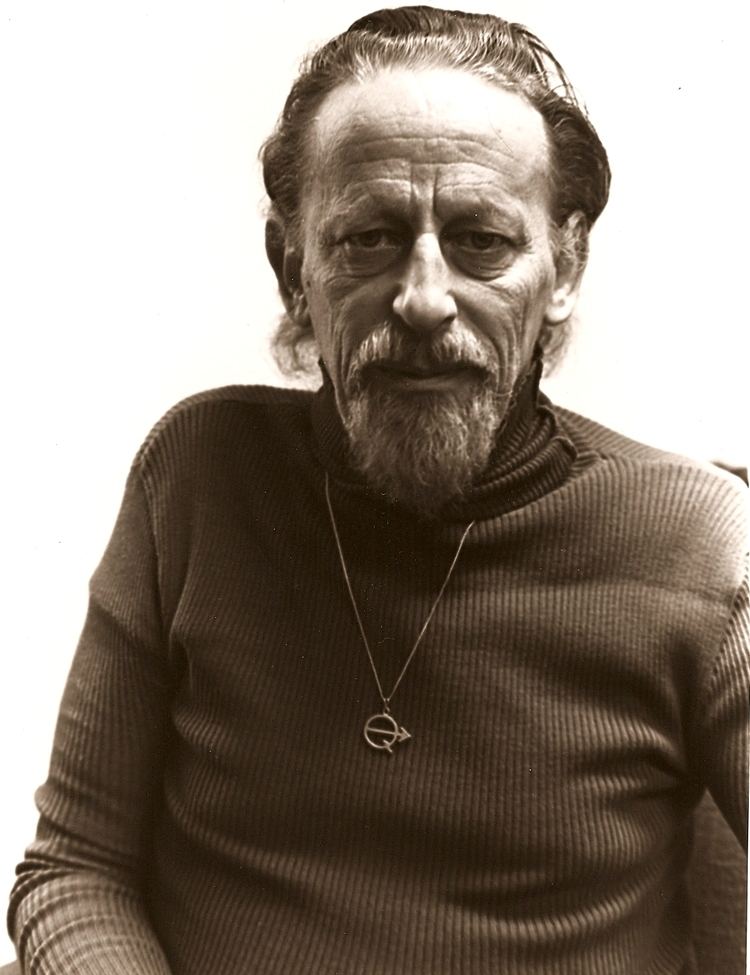 | ||
Born Edward Hamilton WaldoFebruary 26, 1918Staten Island, New York, United States ( 1918-02-26 ) Subject Science fiction (as critic) Books More Than Human, The Dreaming Jewels Spouse Marion McGahan (m. 1953), Mary Mair (m. 1949–1951), Dorothe Fillingame (m. 1940–1945) Short stories Similar People Robert Silverberg, Poul Anderson, Clifford D Simak, Harlan Ellison, Robert A Heinlein | ||
Occupation Fiction writer, critic | ||
Meet theodore sturgeon
Theodore Sturgeon (; born Edward Hamilton Waldo; February 26, 1918 – May 8, 1985) was an American writer, primarily of fantasy, science fiction and horror. He was also a critic. He wrote approximately 400 reviews and more than 200 stories.
Contents
- Meet theodore sturgeon
- Readercon 2010 the short fiction of theodore sturgeon part 2
- Biography
- Sturgeons Law
- Life and family
- Novels
- Novelizations
- Pseudonymous novels
- Short stories
- Collections published during Sturgeons lifetime
- Complete short stories
- Representative short stories
- Autobiography
- References
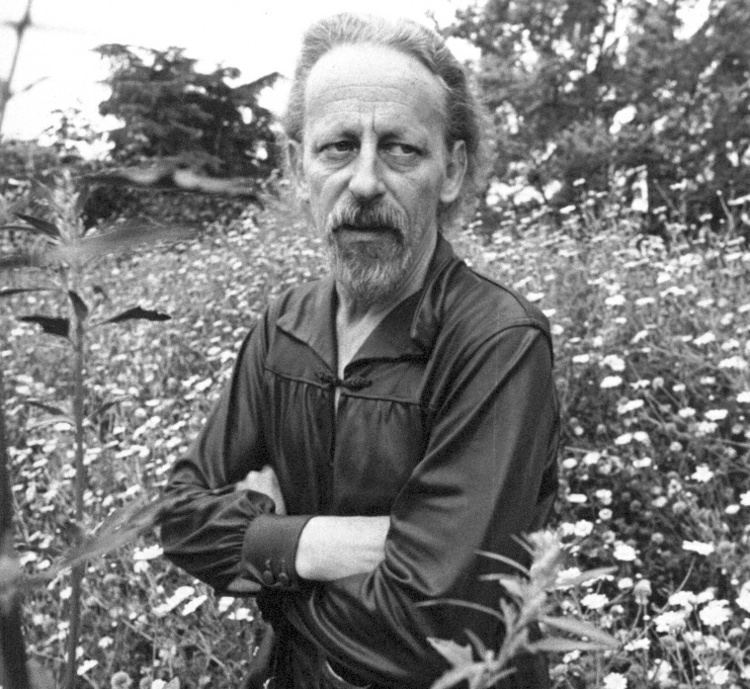
Sturgeon's most famous work may be the science fiction novel More Than Human (1953), an expansion of "Baby Is Three" (1952). More Than Human won the 1954 International Fantasy Award (for SF and fantasy) as the year's best novel and the Science Fiction Writers of America ranked "Baby is Three" number five among the "Greatest Science Fiction Novellas of All Time" to 1964. Ranked by votes for all of their pre-1965 novellas, Sturgeon was second among authors, behind Robert Heinlein.
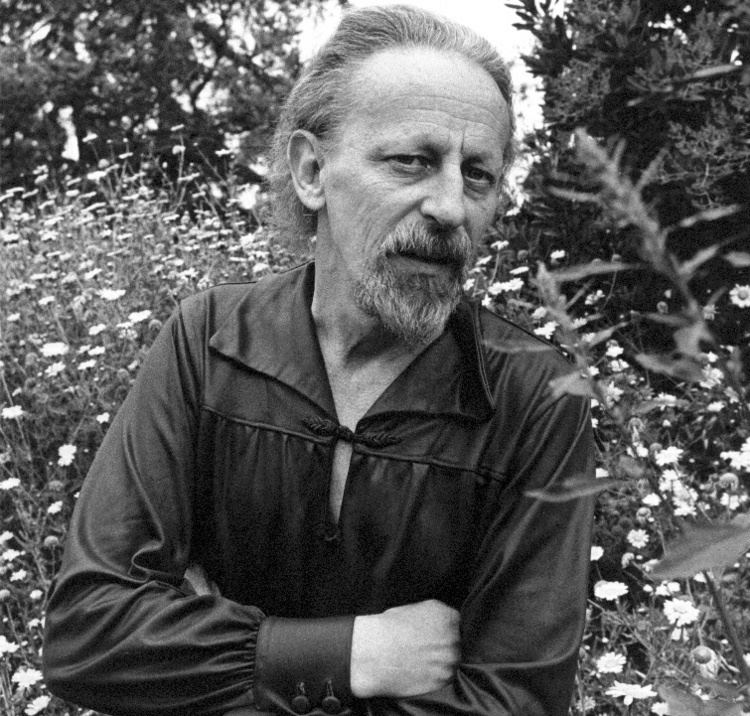
The Science Fiction and Fantasy Hall of Fame inducted Sturgeon in 2000, its fifth class of two deceased and two living writers.
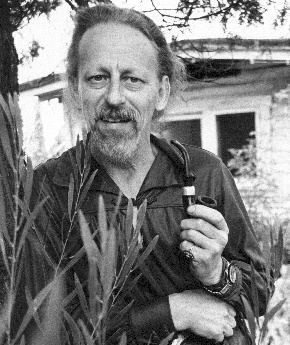
Readercon 2010 the short fiction of theodore sturgeon part 2
Biography
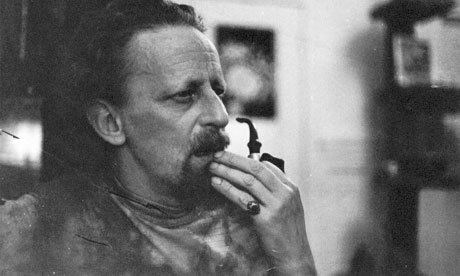
Sturgeon was born Edward Hamilton Waldo in Staten Island, New York in 1918. His name was legally changed to Theodore Sturgeon at age eleven after his mother's divorce and remarriage to William Dicky ("Argyll") Sturgeon.
He sold his first story in 1938 to the McClure Syndicate, which bought much of his early work. His first genre story was "Ether Breather", published by John W. Campbell in the September 1939 issue of Astounding Science Fiction. At first he wrote mainly short stories, primarily for genre magazines such as Astounding and Unknown, but also for general-interest publications such as Argosy Magazine. He used the pen name "E. Waldo Hunter" when two of his stories ran in the same issue of Astounding. A few of his early stories were signed "Theodore H. Sturgeon."
Sturgeon ghost-wrote one Ellery Queen mystery novel, The Player on the Other Side (Random House, 1963). This novel gained critical praise from critic H. R. F. Keating: "[I] had almost finished writing Crime and Mystery: the 100 Best Books, in which I had included The Player on the Other Side ... placing the book squarely in the Queen canon" when he learned that it had been written by Sturgeon. Similarly, "William DeAndrea, author and ... winner of Mystery Writers of America awards, selecting his ten favorite mystery novels for the magazine Armchair Detective, picked The Player on the Other Side as one of them. He said: "This book changed my life ... and made a raving mystery fan (and therefore ultimately a mystery writer) out of me. ... The book must be 'one of the most skilful pastiches in the history of literature. An amazing piece of work, whomever did it'."
Sturgeon wrote the screenplays for the Star Trek episodes "Shore Leave" (1966) and "Amok Time" (1967, written up and published as a Bantam Books "Star Trek Fotonovel" in 1978). The latter is known for its invention of pon farr, the Vulcan mating ritual; first use of the sentence "Live long and prosper"; and first use of the Vulcan hand symbol. Sturgeon is also sometimes credited as having deliberately put homosexual subtext in his work, like the back-rub scene in "Shore Leave", and the short story "The World Well Lost". Sturgeon also wrote several episodes of Star Trek that were never produced. One of these was notable for having first introduced the Prime Directive. He also wrote an episode of the Saturday morning show Land of the Lost, "The Pylon Express", in 1975. Two of Sturgeon's stories were adapted for The New Twilight Zone. One, "A Saucer of Loneliness", was broadcast in 1986 and was dedicated to his memory. Another short story, "Yesterday was Monday", was the inspiration for The New Twilight Zone episode "A Matter of Minutes". His 1944 novella "Killdozer!" was the inspiration for the 1970s made-for-TV movie, Marvel comic book, and alternative rock band of the same name.
Sturgeon is well-known among readers of classic science-fiction anthologies. At the height of his popularity in the 1950s he was the most anthologized English-language author alive and much respected by critics. John Clute wrote in The Encyclopedia of Science Fiction: "His influence upon writers like Harlan Ellison and Samuel R. Delany was seminal, and in his life and work he was a powerful and generally liberating influence in post-WWII US sf". He is not much known by the general public, however, and he won comparatively few awards. (One was the World Fantasy Award for Life Achievement from the 1985 World Fantasy Convention.) His best work was published before the establishment and consolidation of the leading genre awards, while his later production was scarcer and weaker. He was listed as a primary influence on the much more famous Ray Bradbury.
Sturgeon's original novels were all published between 1950 and 1961, and the bulk of his short story work dated from the 1940s and 1950s. Though he continued to write through 1983, his work rate dipped noticeably in the later years of his life; a 1971 story collection entitled Sturgeon Is Alive And Well addressed Sturgeon's seeming withdrawal from the public eye in a tongue-in-cheek manner. Sturgeon lived for several years in Springfield, Oregon. He died on May 8, 1985, of lung fibrosis, at Sacred Heart General Hospital in the neighboring city of Eugene.
He was a member of the all-male literary banqueting club the Trap Door Spiders, which served as the basis of Isaac Asimov's fictional group of mystery solvers the Black Widowers. Sturgeon was the inspiration for the recurrent character of Kilgore Trout in the novels of Kurt Vonnegut.
Sturgeon's Law
In 1951, Sturgeon coined what is now known as Sturgeon's Law: "Ninety percent of [science fiction] is crud, but then, ninety percent of everything is crud." This was originally known as Sturgeon's Revelation; Sturgeon has said that "Sturgeon's Law" was originally "Nothing is always absolutely so." However, the former statement is now widely referred to as Sturgeon's Law. He is also known for his dedication to a credo of critical thinking that challenged all normative assumptions: "Ask the next question." He represented this credo by the symbol of a Q with an arrow through it, an example of which he wore around his neck and used as part of his signature in the last 15 years of his life.
Life and family
Sturgeon was a distant relative of Ralph Waldo Emerson, and through his Waldo, Hamilton Dicker and Dunn ancestors, a direct descendant of numerous influential Puritan, Presbyterian, and Anglican clergymen. Both Sturgeon and his brother Peter eventually became atheists, although Sturgeon continuously developed his own highly imaginative spiritual side. If Sturgeon was aware of much of his ancestry or stories associated with it, he never shared them with his friends or children, although the short "I Say—Ernest" (1972) does bring to life one wing of his ministerial family.
Sturgeon held a wide variety of jobs during his lifetime.
Theodore Sturgeon vividly recalled being in the same room with L. Ron Hubbard, when Hubbard became testy with someone there and retorted, "Y'know, we're all wasting our time writing this hack science fiction! You wanta make real money, you gotta start a religion!" Reportedly Sturgeon also told this story to others.
Sturgeon played guitar and wrote music which he sometimes performed at Science Fiction Conventions.
Sturgeon was married three times, had two long-term committed relationships outside of marriage, divorced once, and fathered a total of seven children.
Sturgeon was a lifelong pipe smoker. His death from lung fibrosis may have been caused by exposure to asbestos during his Merchant Marine years.
Novels
Novelizations
Sturgeon, under his own name, was hired to write novelizations of the following movies based on their scripts (links go to articles about the movies):
Pseudonymous novels
Short stories
Sturgeon published numerous short story collections during his lifetime, many drawing on his most prolific writing years of the 1940s and 1950s.
Note that some reprints of these titles (especially paperback editions) may cut one or two stories from the line-up. Statistics herein refer to the original editions only.
Collections published during Sturgeon's lifetime
The following table includes sixteen volumes (one of them collecting western stories). These are considered "original" collections of Sturgeon material, in that they compiled previously uncollected stories. However, some volumes did contain a few reprinted stories: this list includes books that collected only previously uncollected material, as well as those volumes that collected mostly new material, but also contained up to three stories (representing no more than half the book) that were previously published in a Sturgeon collection.
The following six collections consisted entirely of reprints of previously collected material:
Complete short stories
North Atlantic Books has released the chronologically assembled The Complete Short Stories of Theodore Sturgeon, edited by Paul Williams, since 1994. The series runs to 13 volumes, the last appearing in September 2010. Introductions are provided by Harlan Ellison, Samuel R. Delany, Kurt Vonnegut, Gene Wolfe, Connie Willis, Jonathan Lethem, and others. Extensive "Story Notes" are provided by Paul Williams and (in the last two volumes) Sturgeon's daughter Noël.
The volumes include:
- The Ultimate Egoist (1937 to 1940)
- Microcosmic God (1940 to 1941)
- Killdozer (1941 to 1946)
- Thunder and Roses (1946 to 1948)
- The Perfect Host (1948 to 1950)
- Baby is Three (1950 to 1952)
- A Saucer of Loneliness (1953)
- Bright Segment (1953 to 1955, as well as two "lost" stories from 1946)
- And Now the News ... (1955 to 1957)
- The Man Who Lost the Sea (1957 to 1960)
- The Nail and the Oracle (1961 to 1969)
- Slow Sculpture (1970 to 1972, plus one 1954 novella and one unpublished story)
- Case and The Dreamer (1972 to 1983, plus one 1960 story and three unpublished stories)
Representative short stories
Sturgeon was best known for his short stories and novellas. The best-known include:
